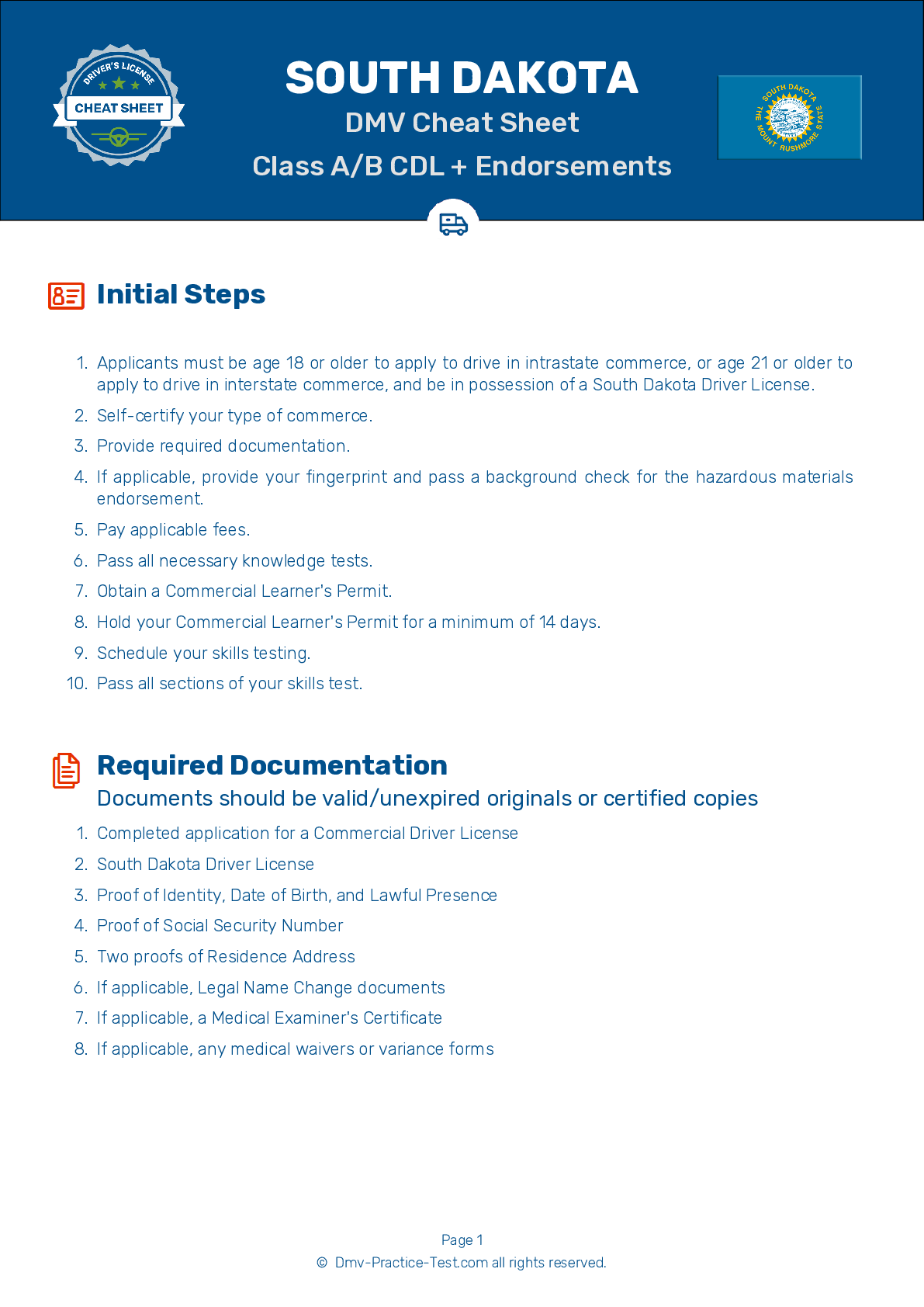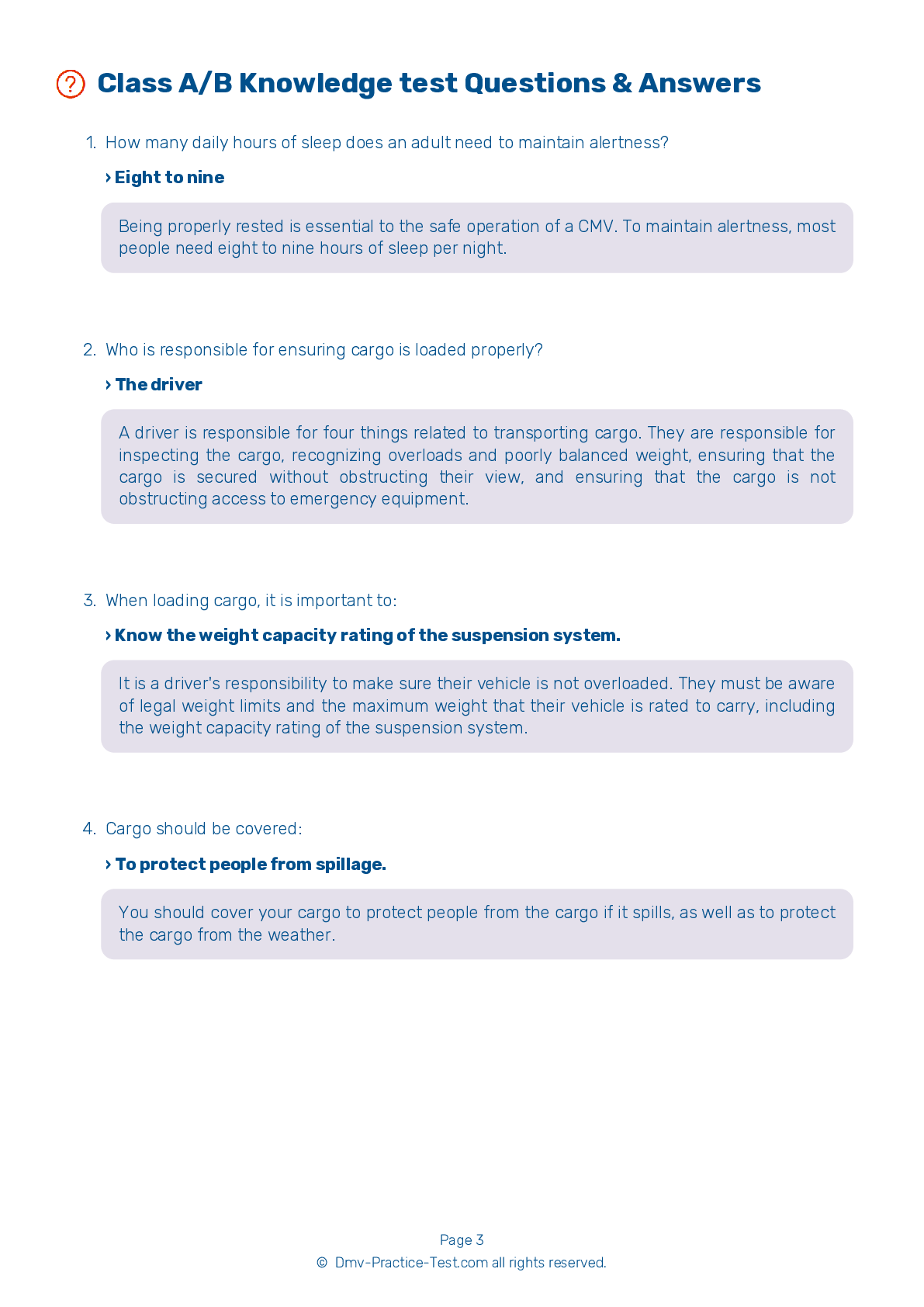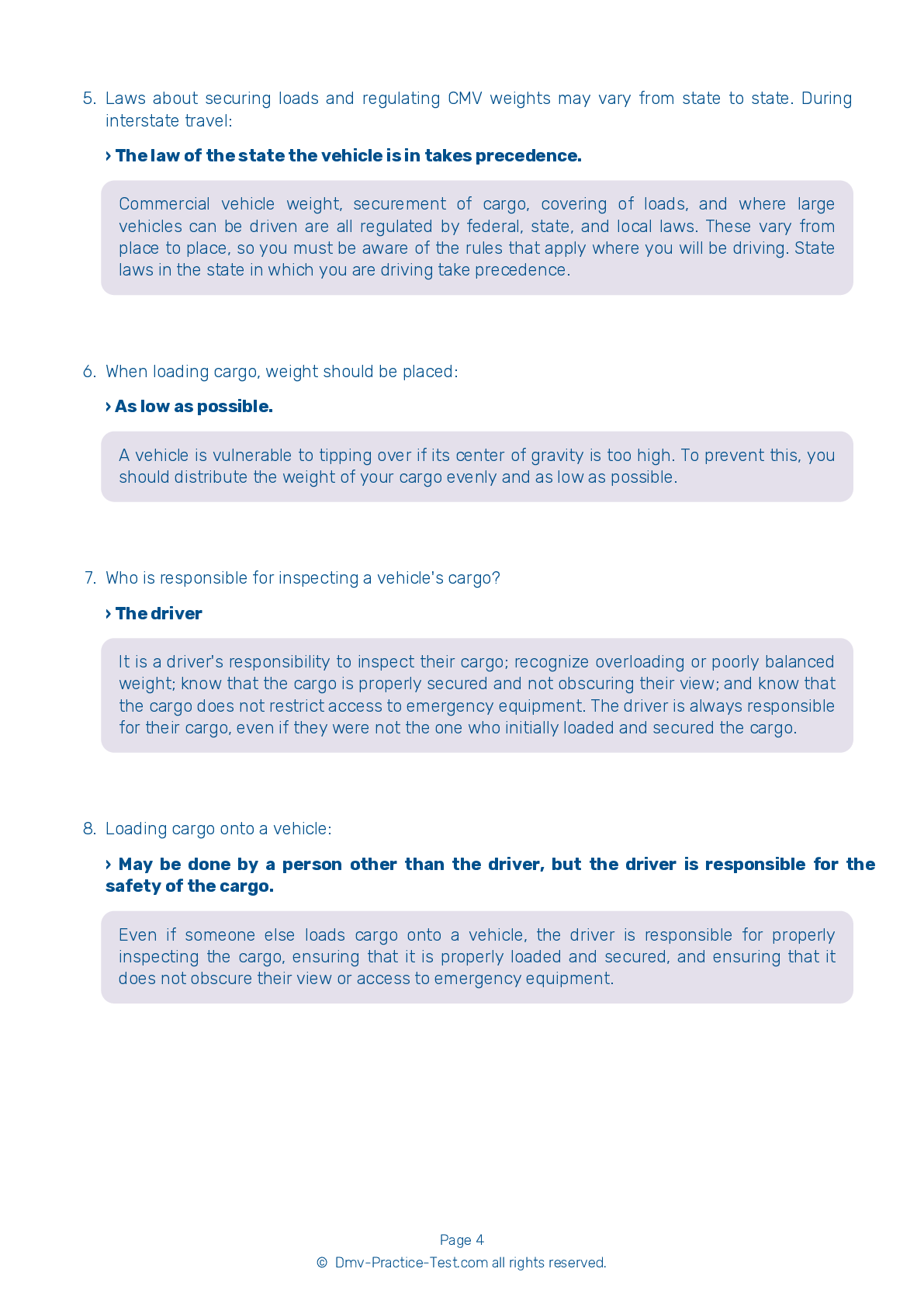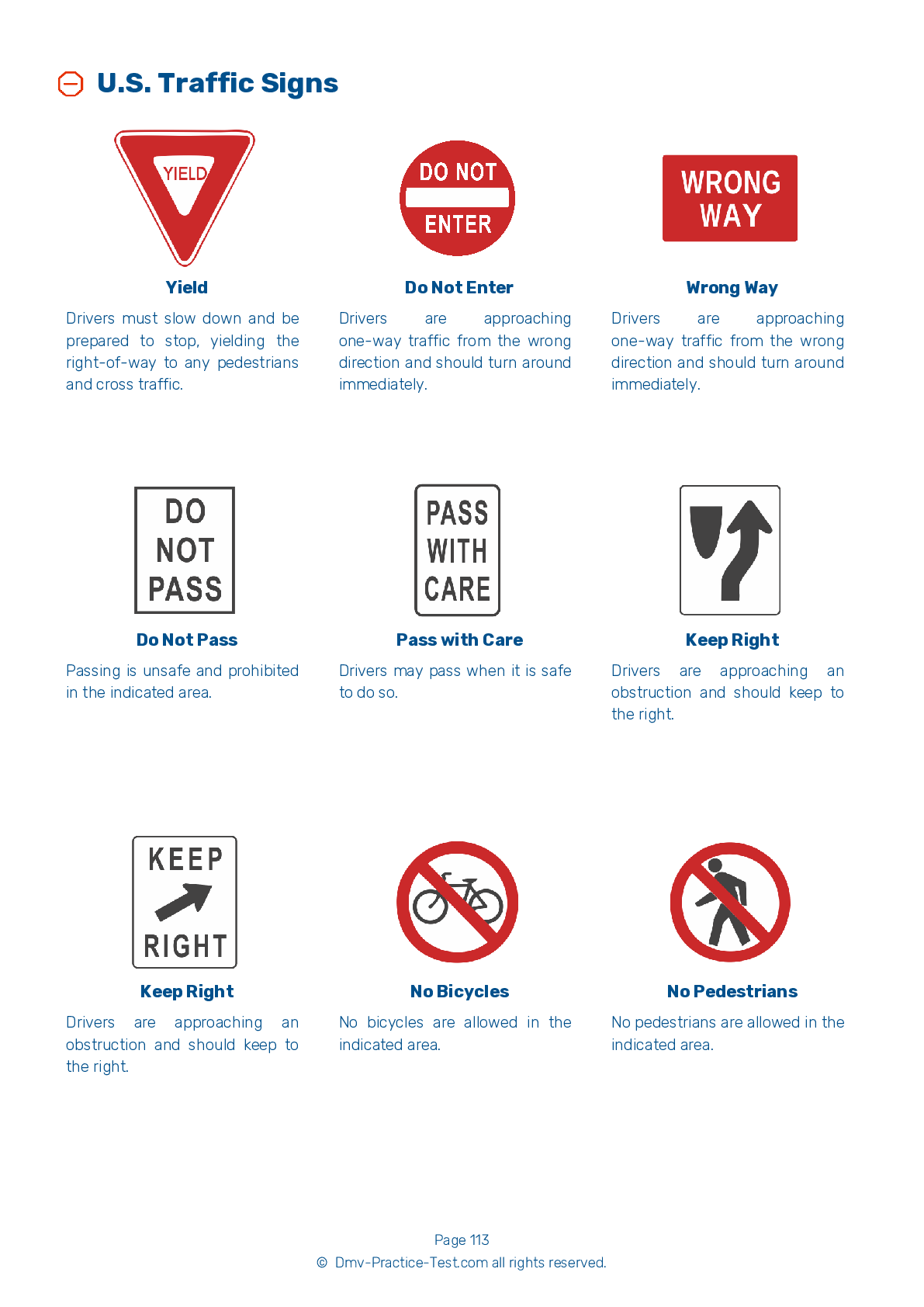Air Brakes Endorsement Test | South Dakota 2026 #1 Page 4 of 4
Train for FREE online with our South Dakota CDL air brake test. The official exam test consists of several obligatory parts, with all of them checking your knowledge of different blocks of road rules. If you need to obtain a SD Class A/Class B driver license in 2026, practice as much as possible. Free sample tests published on our website will help you check and improve your knowledge and boost your grades. Please bear in mind that the requirements for CDL may vary from state to state.
19 . The air compressor governor controls:
In an air brake system, the air compressor governor controls when the air compressor pumps air into the air storage tanks.
20 . Both systems in a dual air brake systems share:
Both systems in a dual air brake system share a single air compressor. If the air compressor is damaged, neither system will be able to operate properly.
21 . The parking brake should be:
The parking brake should be applied every time you park your vehicle.
22 . What kind of force must emergency brakes use?
Because air pressure can eventually leak away, the emergency brakes in an air brake system must be held on by mechanical force.
23 . Vehicles with dual air brake systems:
Before driving a vehicle with a dual air brake system, you must allow the air compressor time to build up at least 100 psi of air pressure in both the primary and secondary systems.
24 . Air tank drains:
In an air brake system, the air storage tanks are equipped with drains to allow water and compressor oil to be removed. The water and oil can damage the brakes if left to accumulate in the system.
25 . An air compressor governor will stop the compressor from pumping air once the air tanks have an air pressure level of:
An air compressor governor will stop the compressor from pumping air once the air tanks are at an air pressure level of 125 psi. This air pressure level is referred to as the "cut-out" level.
See the exact questions that will be on the 2026 South Dakota DMV exam.
99.2% of people who use the cheat sheet pass the FIRST TIME
Lillian MCcranie explains how our CDL study guide was helpful in passing the exam and recommends it to everyone.
Cameron tells us how he purchased the CDL exam, and found it to be a useful tool which helped him pass the exam and find a job.



